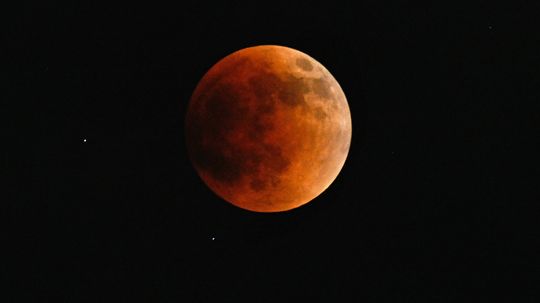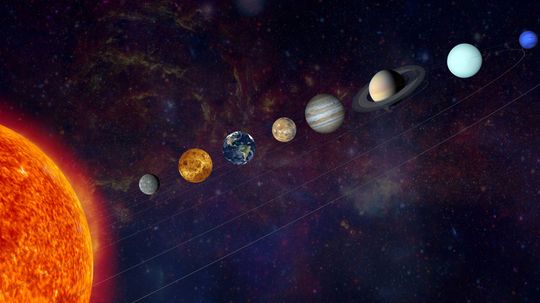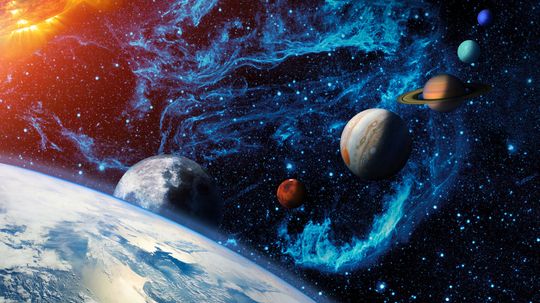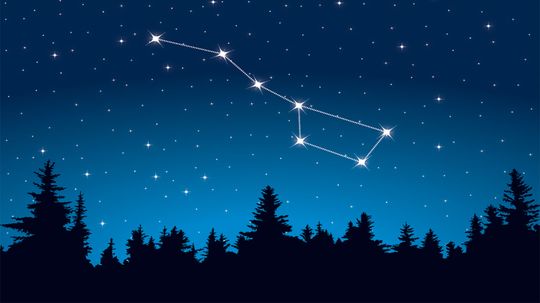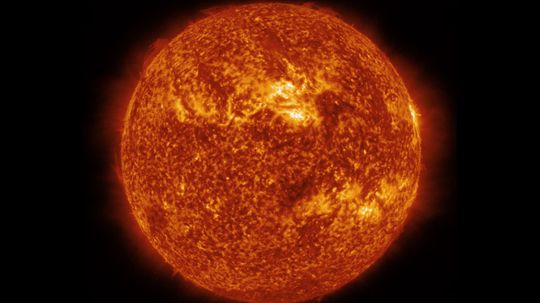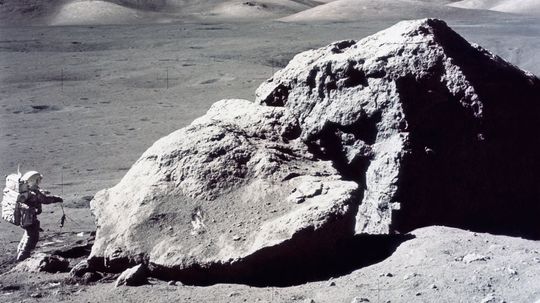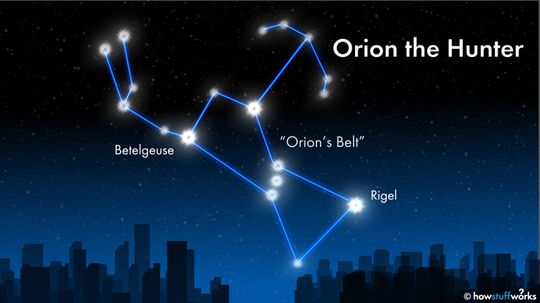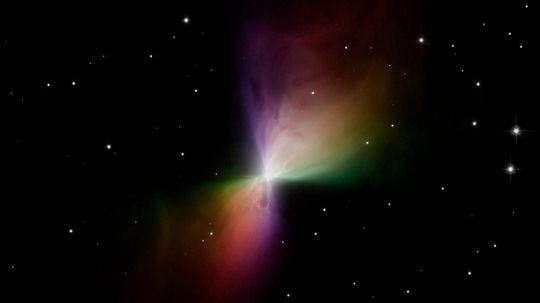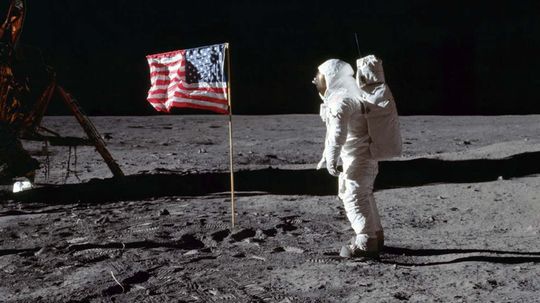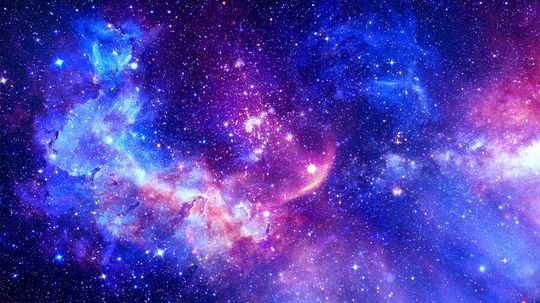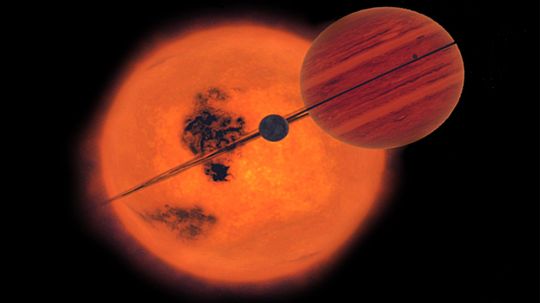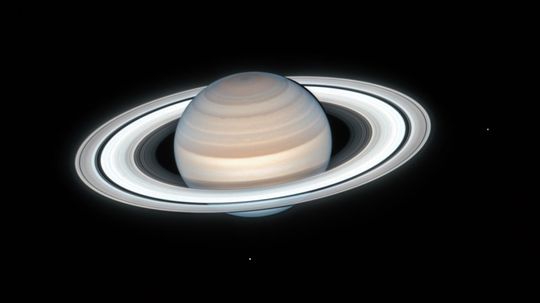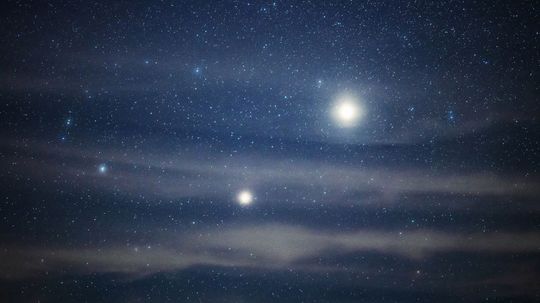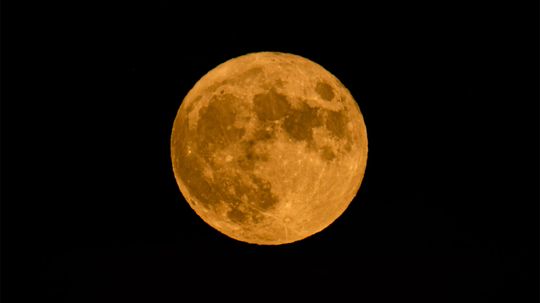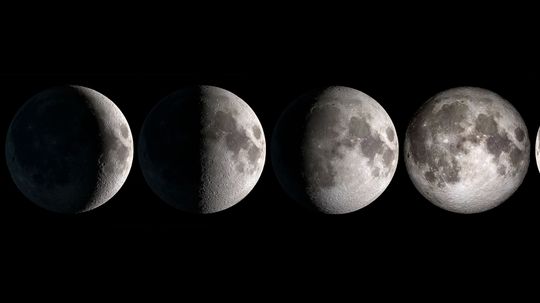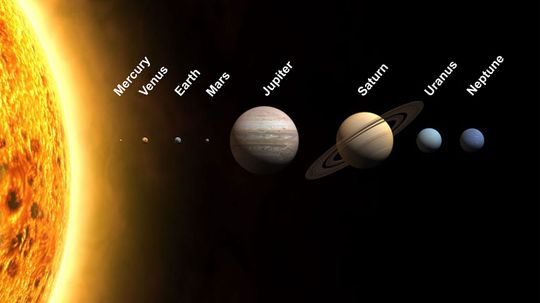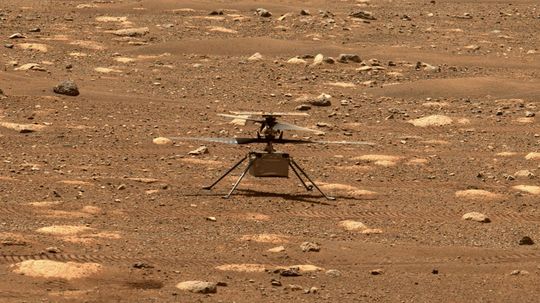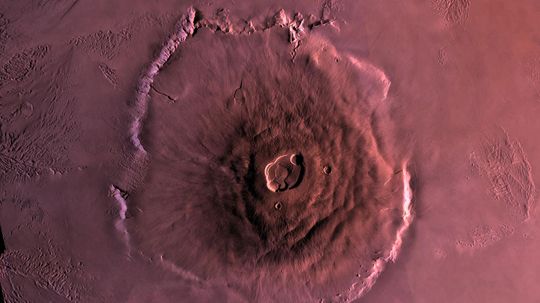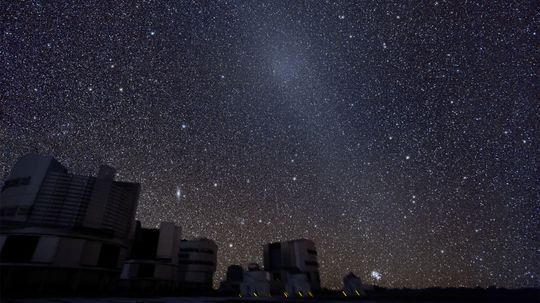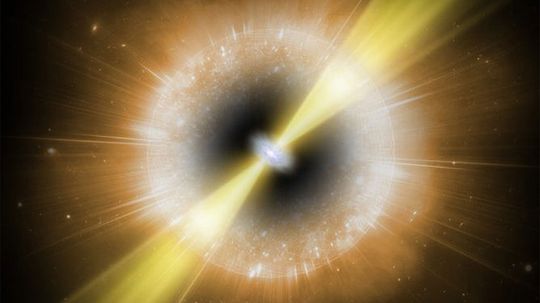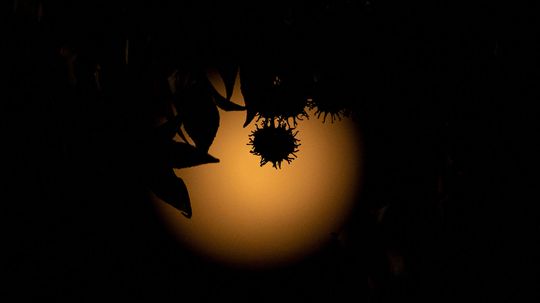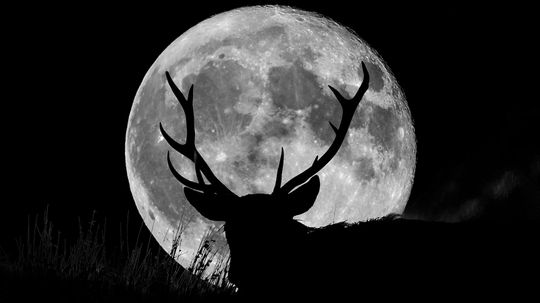Valerie Stimac Bailey is a California-based freelance writer and travel blogger. She runs several websites on travel, space tourism, and even Harry Potter — she's basically been lucky to turn all of her favorite things into her professional career. When not busy writing, you can find her out exploring as near (or far) as she can, stargazing, or going to the movies.
Recent Contributions
Blood moons always bring out the stargazers though they aren't that rare. So what makes blood moons red? And do they differ from lunar eclipses?
If you imagine the eight major planets in a single line stretching out from the sun, this alignment occurs roughly every 13.4 trillion years. And our solar system is 4.5 billion years old.
Today, Blue Origin flew its billionaire founder Jeff Bezos and three others into space, a week after Virgin Galactic flew its billionaire founder Richard Branson on the same mission. Will space tourism be more than a millionaire's hobby?
Advertisement
Surprisingly, the solar system isn't odorless - it has a distinct scent that some astronauts like and others think is stinky. So, what does it smell like and why?
The Big Dipper is one of those star groupings everyone seems familiar with, but how much do you really know about it?
Dusk is a beautiful time of day. So is twilight. But when does one turn into the other? And did you know there were three versions of each?
Arcturus is 113 times brighter than our sun, even though it's only a little bigger. What else should we know about this red giant?
Advertisement
Humans have made it to the moon a number of times so we know how long the journey should take.
Winter is the perfect time to look for Orion's Belt in the Northern Hemisphere. If you're new to stargazing, we'll show you how to find it.
The coldest place in the universe exists some 5,000 light-years from Earth. Do you know where it is and what it's called?
Is the same substance that makes your shampoo so sudsy really going to give you cancer? Here's the real dirt on whether sodium lauryl sulfate is bad for you.
Advertisement
Apollo astronauts left a lot of stuff behind on the moon. Can you see any of that from Earth, even with a telescope?
By Valerie Stimac & Sascha Bos
A light-year is a way of measuring distance, which doesn't make much sense because "light-year" contains the word "year," which is normally a unit of time. So, how does a light-year measure distance?
Aldebaran is not just the brightest star in the constellation Taurus, it's also the 14th brightest star in the sky.
In recent years, Saturn has overtaken Jupiter as the planet with the most moons in our solar system. How many does it have and could it have even more?
Advertisement
You might call it a Christmas miracle. Jupiter and Saturn will align so closely they may look like a double planet. The last time we saw this was in 1226.
In 2022, the full moon, called the hunter's moon, will occur Oct. 9. Why is it called that and when can you see it?
There are eight phases in the lunar cycle and the moon is in one of them every night. What are these phases of the moon?
You know Saturn and Venus and Mars. Can you put the eight planets of the solar system in the correct order? There are several ways to do this.
Advertisement
Missions to Mars are increasing and the dream of landing a human on the red planet is no longer far-fetched - it might even happen in the next decade. So, how long does it take to get there?
Many people dream of climbing Mount Everest, but what if you could scale the highest mountain in the solar system? That one is more than twice as tall as Everest! So, where is it?
The gegenschein, "faint light" in German, occurs under very specific astronomical conditions when the sun reaches the exact opposite of Earth from wherever you're stargazing.
Astronomers at HaleakalÄ Observatory in Hawaii noted a bright X-ray emission in 2018, which persisted for three weeks and glowed ten times more brightly than previously studied supernovas, but are just now beginning to understand it.
Advertisement
Do you love looking at beautiful pictures of the night sky? How do space photographers get those shots? And could you join their ranks?
And this month's buck moon is extra-special because it is a supermoon!

